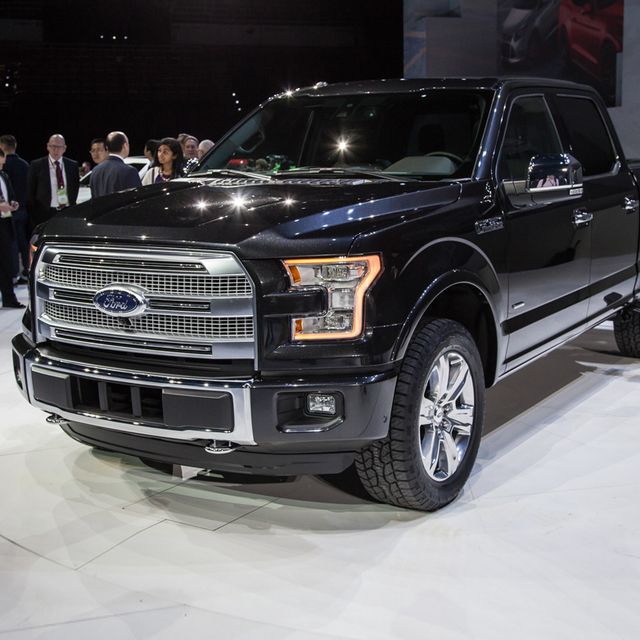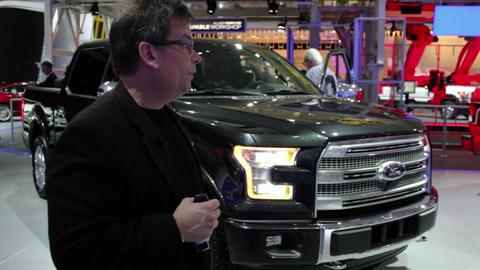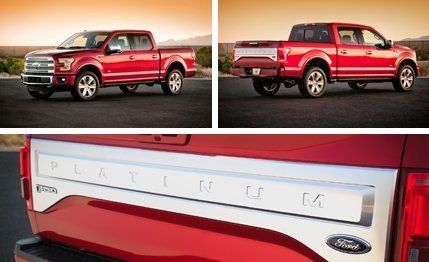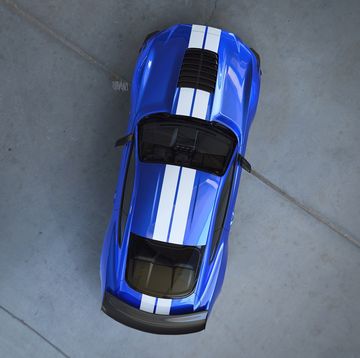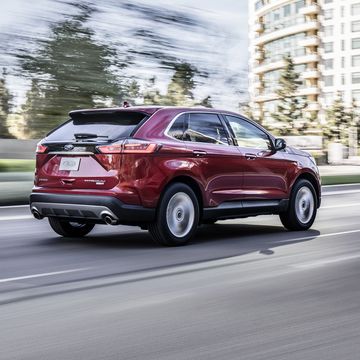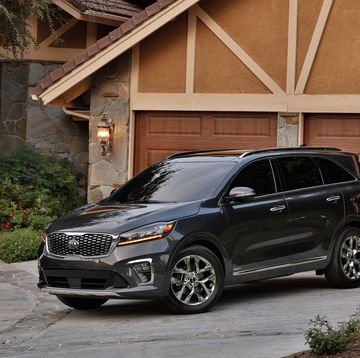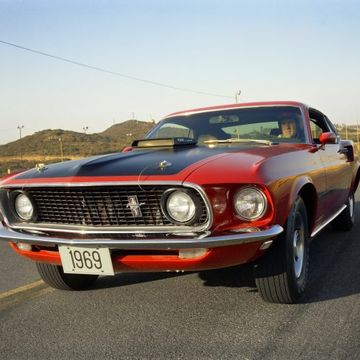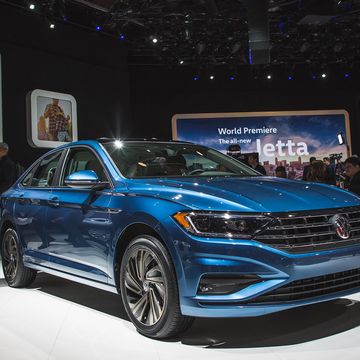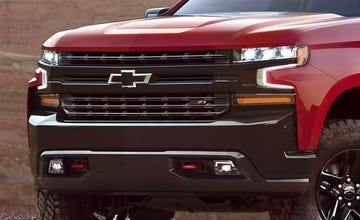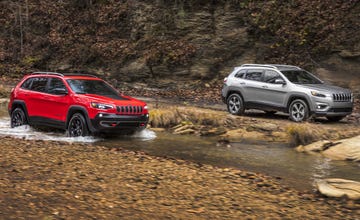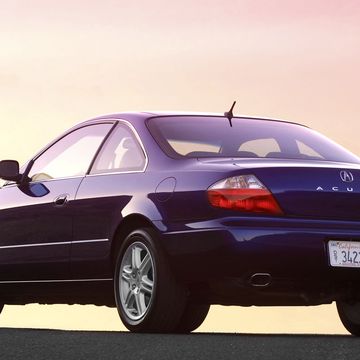The importance of the new-for-2015 Ford F-150 pickup probably doesn’t need to be highlighted—but we like to write, so here’s a refresher: For the past 30-odd years, the F-150 has been the bestselling vehicle in the U.S., period. To you, this means you’ll see a lot of F-150s every day, old and new, doesn’t matter, you will see one—or 150. To Ford, having the F-150 is akin to having an obscure, rich uncle die every single year, leaving behind a pile of cash. It’s a constant—pretending for a moment that the Ford Motor Company has an endless annual supply of faceless, loaded, and doomed extended family members—there to add icing atop the balance sheet in good years and help prop up the company in the bad years.
With the F-150’s relatively comfortable sales dominance in both the pickup segment and the passenger-vehicle market overall, it would be understandable—smart, even—for Ford to simply nip the truck here and tuck it there and call the result “new.” However, with the 2015 F-150, Ford did not play this safe game; it instead turned the playbook upside-down and turned out a truly new product. For such a stoically American vehicle format, the pickup truck rarely invokes the word “revolutionary,” but we think Ford’s new workhorse might just have earned such consideration. That’s because instead of a steel cab, the F-150 has a lightweight (and surely pricey) aluminum cab, as we predicted, which chops up to a claimed 700 pounds from the truck’s curb weight.
Built Ford Tough, Audi Light
The pickup truck hasn’t evolved much; most still have a solid axle in back (and even up front), a ladder frame, and a whole heck of a lot of steel throughout. This isn’t a dig against the truck, though, since for the most part, the thing’s seemingly outdated features are precisely those that give it such capability. Ford looked at the truck’s layout and found that while steel is certainly useful in the frame, it’s not really that pertinent in the cab and bed. Enter the F-150’s aluminum cab and bed, which are bolted to a fully boxed steel frame. That frame, too, has seen a weight reduction, thanks to its higher mix of high-strength steel (77 percent, versus 23 percent in the outgoing rig), of 60 pounds. Don’t worry, hard-core haulers, Ford says the new chassis is more rigid, too, and it still rides on leaf springs in back and coil springs up front.
Consider us slightly skeptical of Ford’s claims until we weigh a 2015 F-150 for ourselves. We hope our skepticism proves unfounded, but it wasn’t long ago that Land Rover claimed its 2013 Range Rover—which switched to all-aluminum construction—cut nearly 900 pounds from the previous model’s weight, when in fact it was only a few-hundred-pounds lighter. Based on Ford’s claims, we figure base, two-wheel-drive 2015 F-150s will manage to easily slip beneath the 5000-pound mark.
Styling-wise, starting from the outside of the truck and working in, it’s clear Ford heard the positive ruckus made over its handsome Atlas concept. The 2015 F-150 more or less looks like a slightly toned-down and narrower version of that show truck, and we must say we dig it. Up front, there’s a bold and chunky face that’s visually taller and blockier than the current F-150’s and features more three-dimensional detailing. While there’s nothing really new between the truck’s face and its caboose, at least the caboose does get more styling attention than before. An angular panel spans the tailgate between the taillights, which, like the headlights, are more angular and seem to interlock with the surrounding sheetmetal. Available full LED head- and taillamps lend an upscale touch, and the tailgate can be damped—like the 2014 Chevy Silverado’s—and features a more integrated tailgate step.
Within that aluminum cab, the F-150 sees a commensurate uptick in style, with the exterior’s strong character echoed in the shapes on the dash and door panels. Again, three-dimensionality is the key phrase here, with angular HVAC vents protruding dramatically from the dashboard and higher trim levels even getting padded, stitched panels between the vents. The theme carries over to the doors, which have beefy grab handles and a multi-tiered look. Ford’s MyFord Touch touch-screen infotainment system is available, as is an eight-inch color driver display screen in the gauge cluster.

